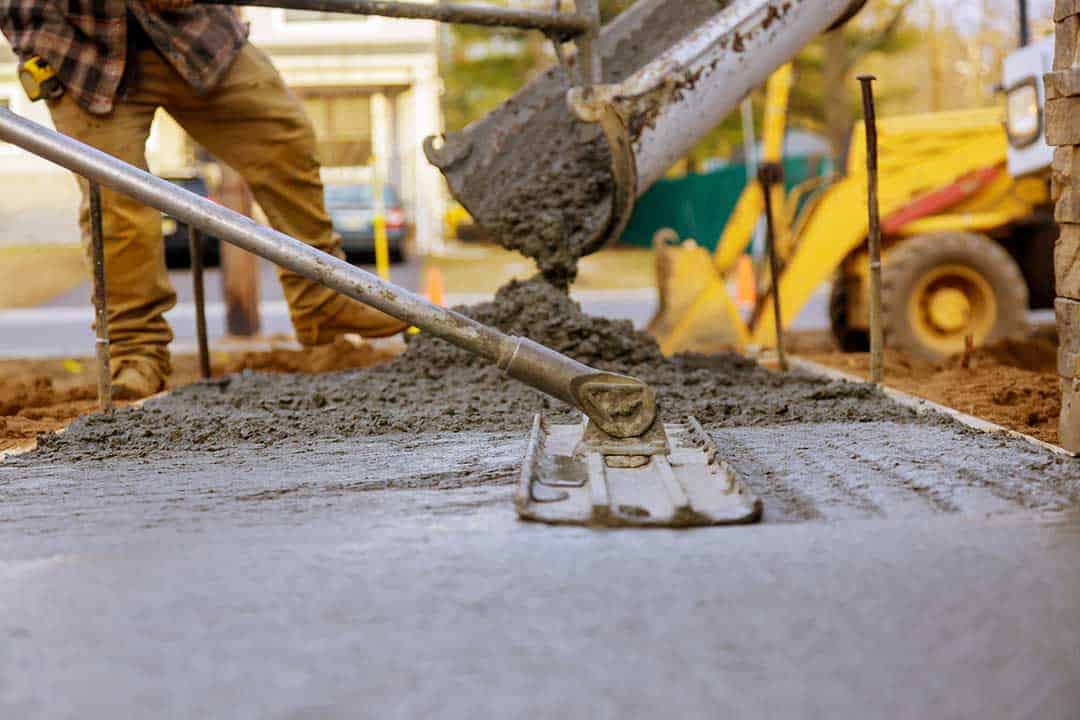
Pool deck engineering and expansive soil can wreak havoc on a swimming pool deck, causing unsightly cracks and uneven surfaces. In such situations, it becomes essential to understand the challenges and take the right steps. Put yourself in the shoes of a pool owner for a moment: You are relaxing by the pool, enjoying the beauty of your backyard oasis. However, you notice something unsettling – a section of your pool deck is rising, pushing against the coping. Instead of feeling tranquility, you now worry about potential damage to your beloved pool area. Expansive soil beneath a concrete pool deck can exert enough pressure to compromise even the most meticulously crafted decks, resulting in cracked and uneven surfaces. This common issue can lead to numerous pool deck repairs and replacements.
Fortunately, there are practical ways to prevent or minimize this problem, involving basic preventive measures that can make a significant difference in preserving the integrity of your pool area.
The first step in tackling this issue is understanding the nature of the soil you are dealing with. Certain regions are known for expansive soils, but these problematic soils can be found in various locations across the country. Once you have identified the presence of expansive soil, the crucial remedial step is to saturate the ground beforehand.
Pre saturation is often overlooked due to its time-consuming nature, but it is an integral step. The concept is clear: Before you build the deck, introduce water to the soil, allowing it to reach its maximum volume. This way, when you build the deck, you can assume that the ground will not rise further, even with additional water exposure in the future.
However, pre saturation is not as simple as just wetting the ground. Clay, especially, absorbs water slowly, so thorough flooding is necessary to ensure water penetrates and does its job effectively. Many decking contractors place a layer of crushed rock before flooding, enabling them to flood the area without creating a muddy mess. Crushed rock, with its voids between the rocks, provides space for the soil to expand, unlike sand.
The duration of soil pre saturation depends on factors like temperature and humidity, typically taking around a week to ten days. To expedite the process, you can use powdered detergent on the rock surface before watering, as it acts as a wetting agent to aid water penetration. Keep in mind that the saturated soil may raise the ground level by half to three quarters of an inch, so you may need to make final grade adjustments before laying the slab.
Regardless of soil type, some degree of concrete cracking is inevitable due to natural shrinkage and temperature-related expansion and contraction. To reduce and control these cracks, decking contractors incorporate two types of joints: control joints and isolation joints.
Control joints, also known as contraction or expansion joints, are placed within the slab to control crack locations. They are crucial when dealing with expansive soil. The proper layout of control joints involves segmenting the deck into panels of approximately ten feet square or following intervals based on slab thickness. L-shaped panels and extended rectangles are prone to cracking issues, so it is recommended to avoid them.
Isolation joints are used where slabs meet walls, columns, or other structures, preventing load stress transfer. Around pools, mastic joints between the deck and the coping function as isolation joints. Seal these joints, extending them from 1/2 to 3/4 inch wide and spanning the full depth of the deck. Neglecting proper sealing can lead to water penetration and increased risk of soil expansion.
While thickness and steel reinforcement are crucial factors in preventing cracking, you must consider other measures:
Beyond aesthetics, there are always other factors to consider when working with pool deck engineering and expansive soil. Expect contractors to take prudent actions to address these conditions, including pre saturation, control joints, proper thickness, and steel reinforcement.
“While there are no guarantees”, taking these basic measures significantly improves the chances of a trouble-free pool deck when dealing with expansive soil.
It is important to note that pool plumbing and drain line trenches often run beneath pool decking. Inadequate soil compaction beyond the deck after installing these lines can create voids where surface water gathers. When saturated, this water can travel under the deck, penetrate the soil, and lead to lifting. To prevent this, apply a “cut-off wall” of properly compacted soil where trenches extend under the decking. Additionally, sealing drain lines beneath the deck is crucial to avoid undoing preventive efforts elsewhere. Effective pool deck engineering plays a pivotal role in ensuring the success of a project.
Contact Downunda Pools today for more information on luxury pool design and construction